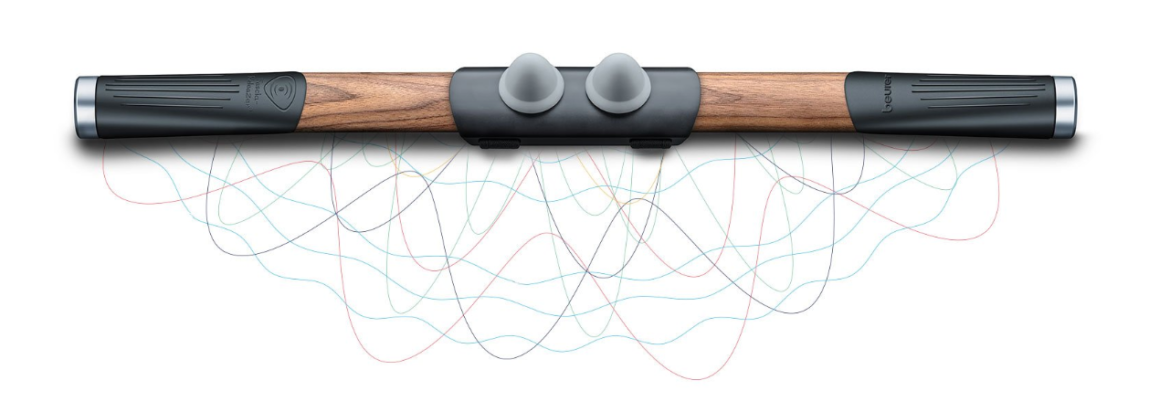What is heart-rate variability?
What is heart-rate variability?
Almost everyone knows what a pulse measurement is – the average number of heartbeats per minute. However, if you listen a little more closely, you will notice that the heart also changes its speed within this minute. The heart reacts to a wide variety of internal and external influences. It beats faster or slower depending on whether you inhale or exhale and is dependent on factors such as age, level of training, time of day or even medication. Heart-rate variability (in short: HRV) describes how the intervals between one heartbeat and the next change over time. The adaptability of the heart rate allows conclusions to be drawn about the global health state of a person.
What makes heart-rate variability so special?
In recent years, HRV has received increasing attention in the context of scientific studies and has emerged as a relevant influencing factor in the effectiveness of therapy and training methods. HRV not only influences the physical sensation of pain (through deacidification processes) but is also directly connected to the vegetative nervous system and therefore, to the mentally controlled regulation of emotions. More precisely, HRV allows for an adjustment of the sympathetic (physical activation) and parasympathetic (physical relaxation) nervous system, promoting mental-physical resilience by balancing both systems.
HRV as a bodily function is directly connected to the physical as well as mental-emotional variability of the human being. It is therefore hardly surprising that HRV could be identified as a substantial influencing factor in dealing with stress. More specifically, a reduction in heart rate variability is seen when the body is exposed to prolonged stress. In return, the handling of stress and the regeneration of the body can be improved by increasing heart rate variability during HRV training. It is interesting to note that purely physical breathing training, not only contributes to pain reduction but can also increase mental and emotional flexibility. Basically, scientific studies point to numerous positive effects of such breathing coherence exercises e.g.:
- the immune system
- the cardiopulmonary system
- the endocrine system
- the vegetative and central nervous system
- the muscular system
- and much more
What happens during HRV training?
Within HRV training, a systematic regulation of breathing takes place. Technical support through HRV measuring devices can optimise personal training success. When we exhale, we release used, acidic air (CO2). If we breathe slowly and deeply, we deacidify and enter an alkaline environment. This reduces the sensation of pain, which is pronounced in an acidic environment. At the same time, slow and deep breathing strengthens the parasympathetic nervous system of our vegetative (or autonomic) nervous system and deactivates sympathetic-stimulated irritation of painful trigger points. In addition, regular HRV training lowers cortisol and adrenaline levels while stimulating dopamine, serotonin, and DHEA levels.
Using the Fascia-ReleaZer® and Stress-ReleaZer® for HRV training
With the help of the Fascia-ReleaZer or Stress-ReleaZer, HRV training can be carried out very easily. The functions of both ReleaZers are based on the latest scientific findings on how HRV can best be trained. The Stress-ReleaZer combines breathing rhythm training with other demonstrably effective stimulation through light, heat, and binaural sounds. Scientific studies show that a breathing rhythm of 5.5 breathing cycles per minute, trains HRV the best. The two ReleaZers help to maintain this rhythm with vibration and music, while stimulating the diaphragm.



